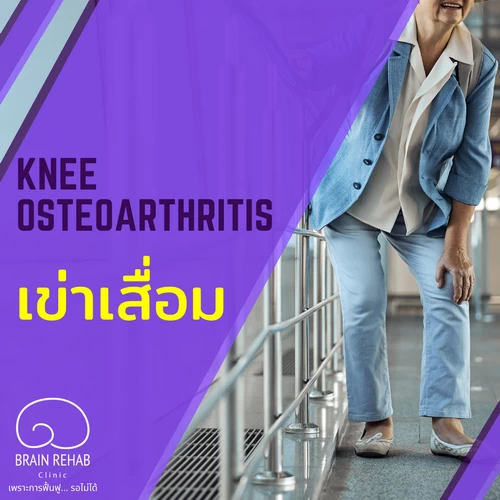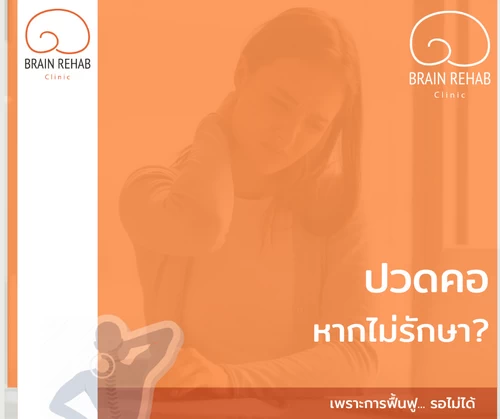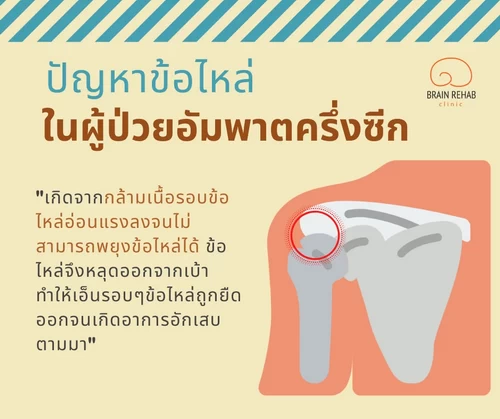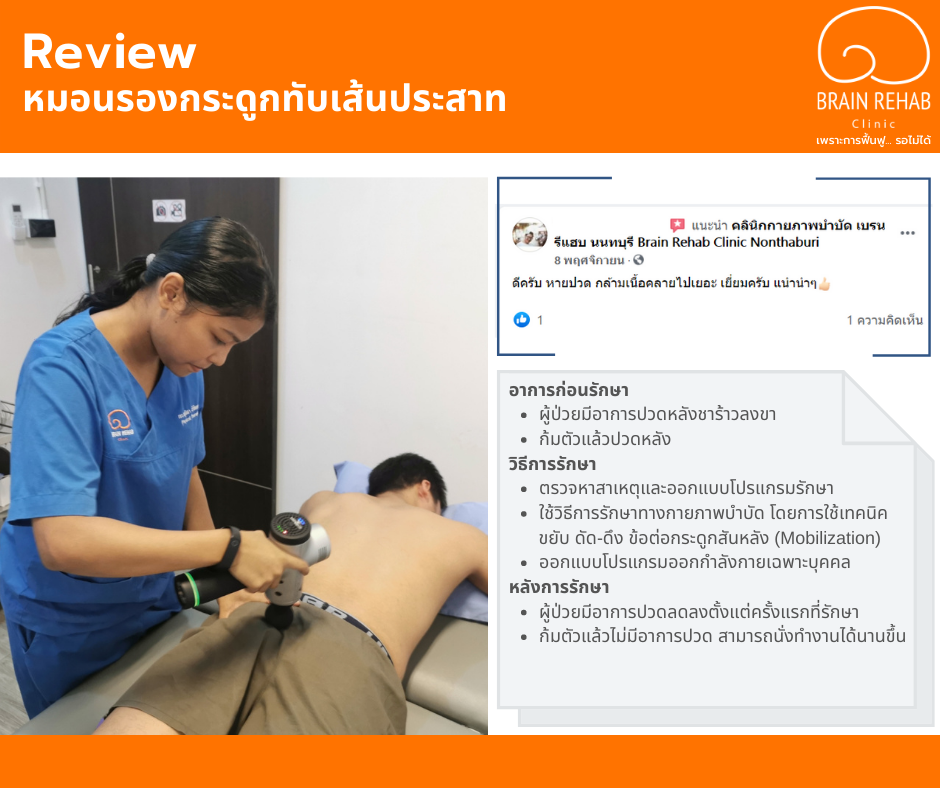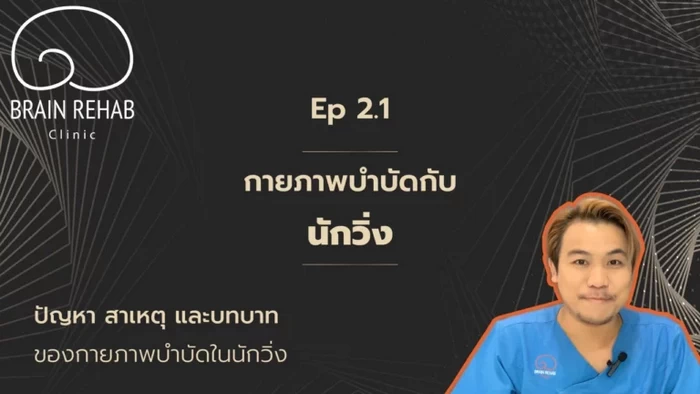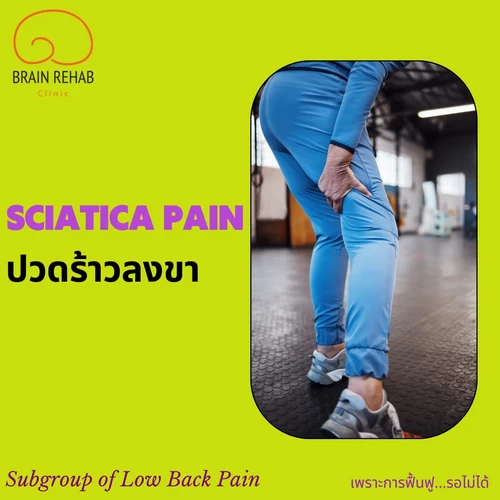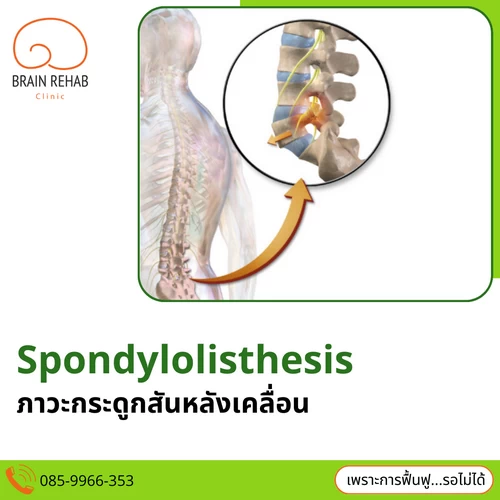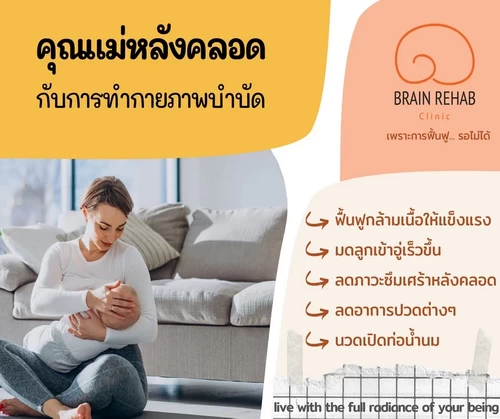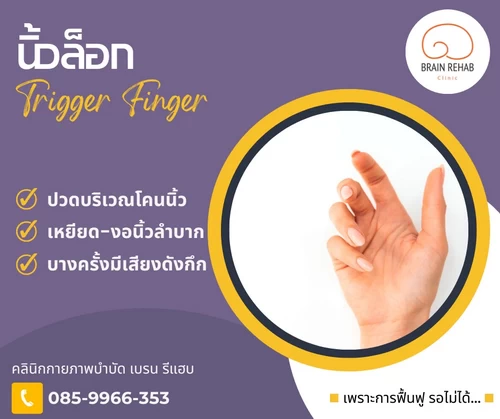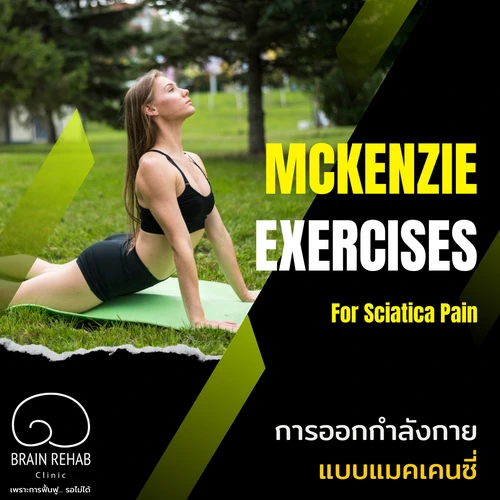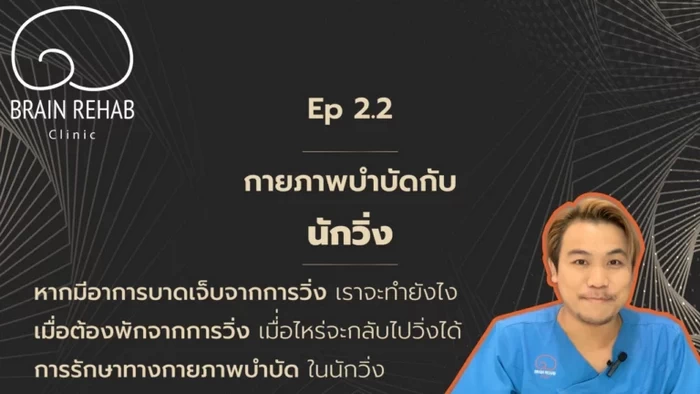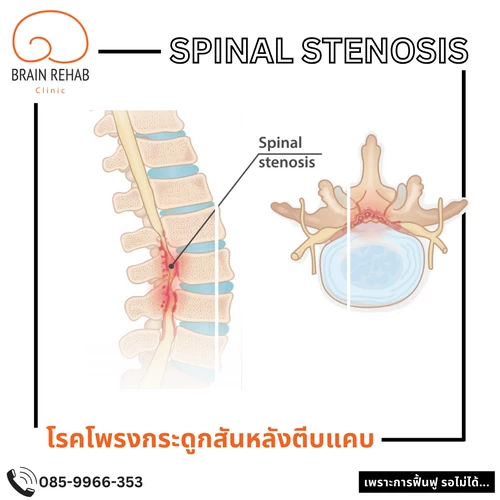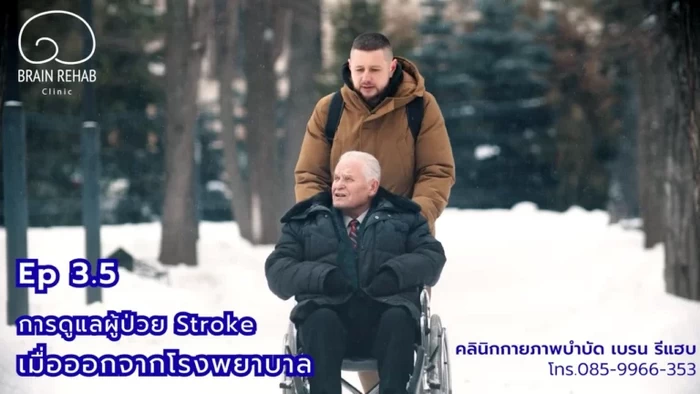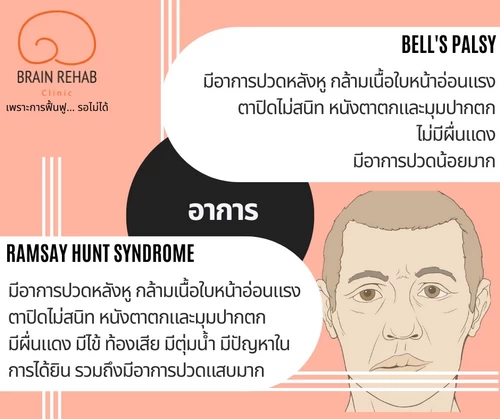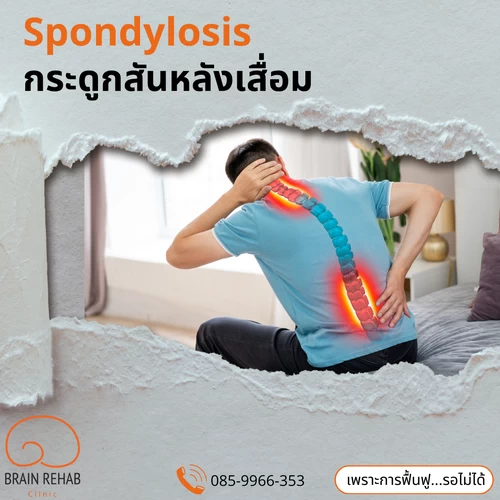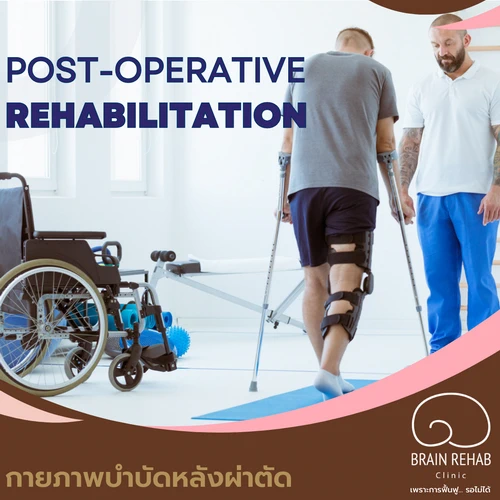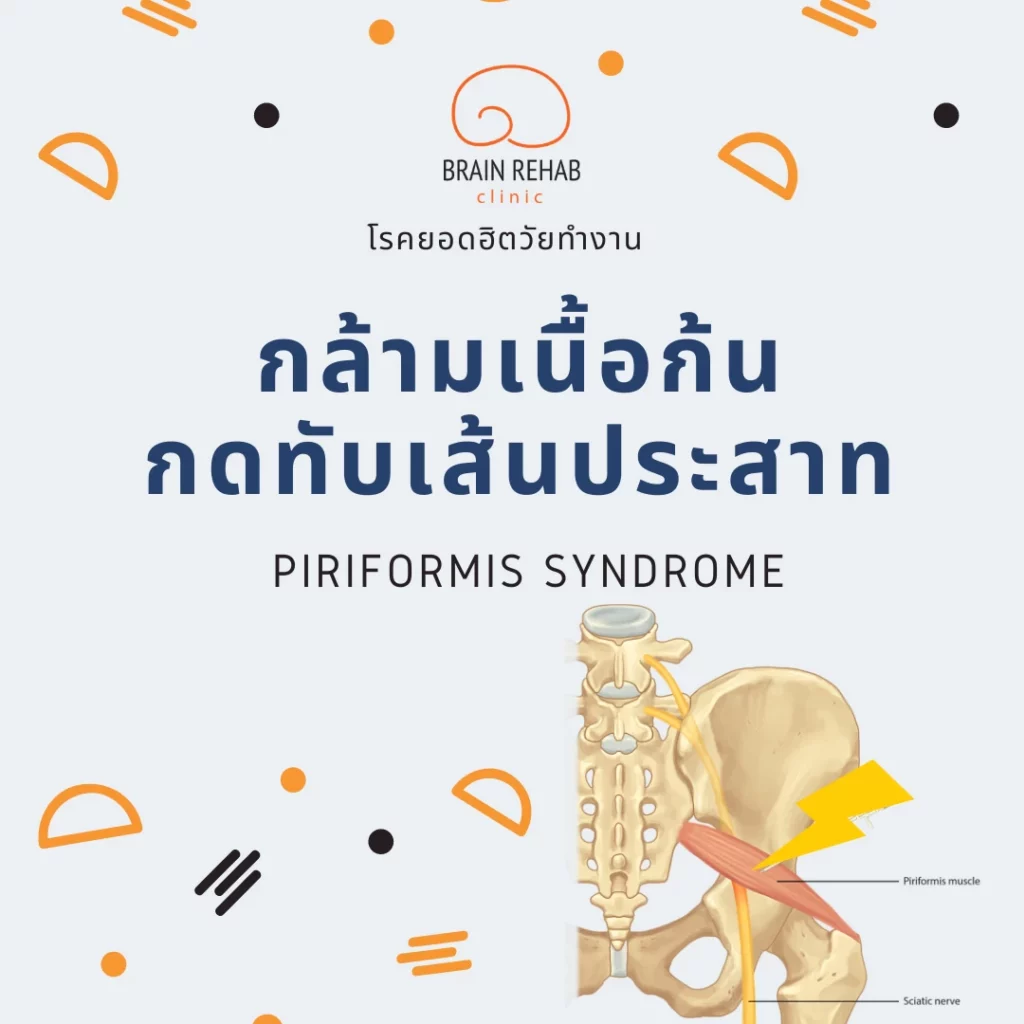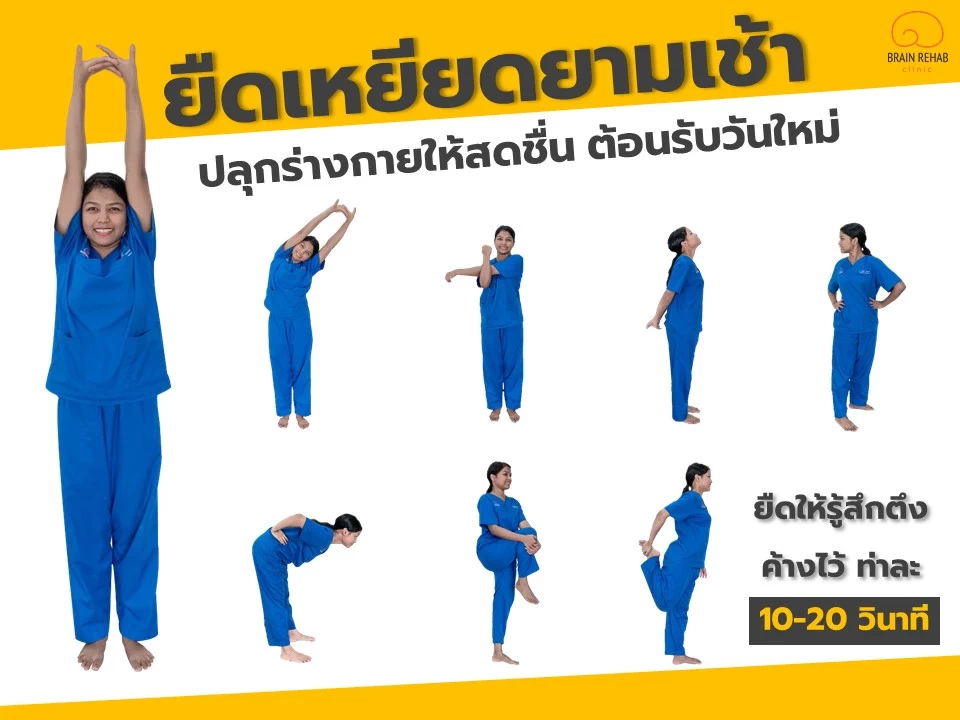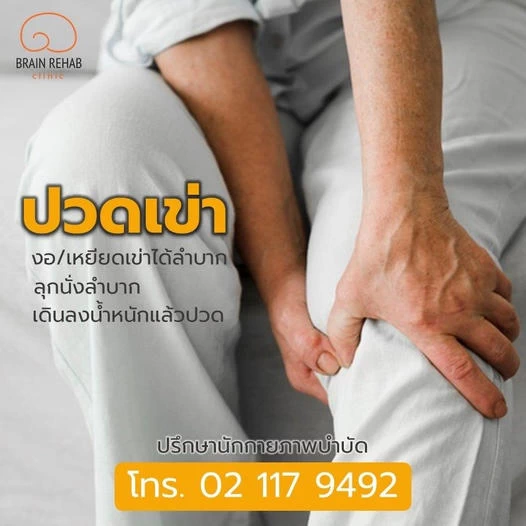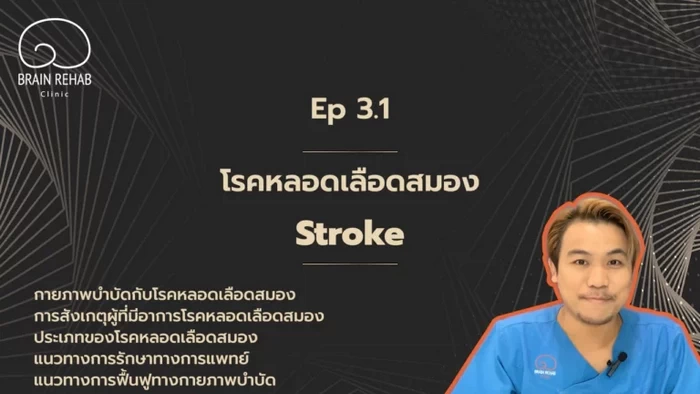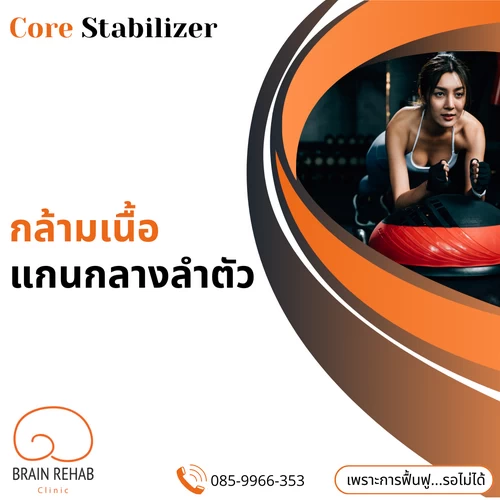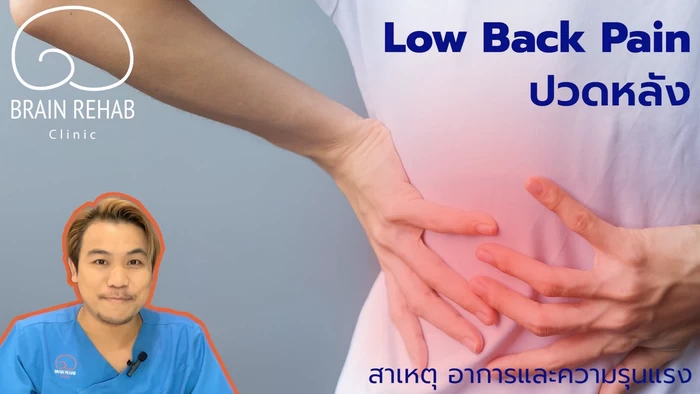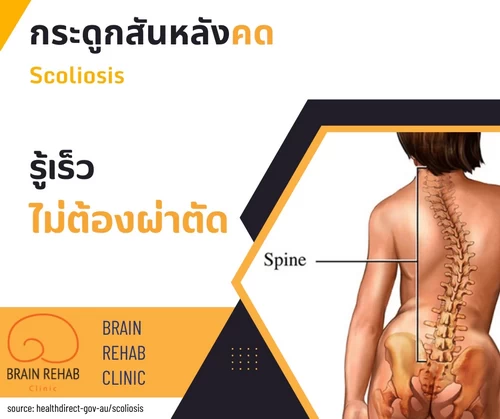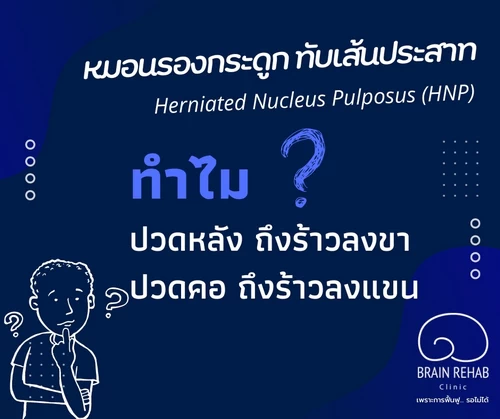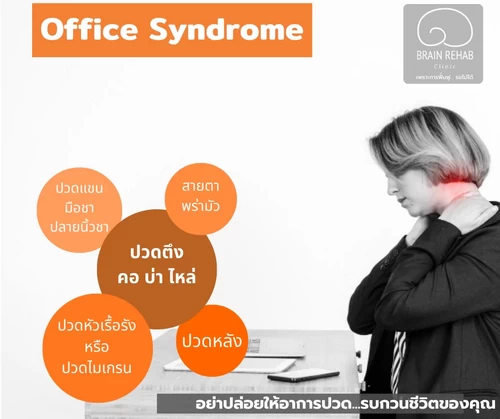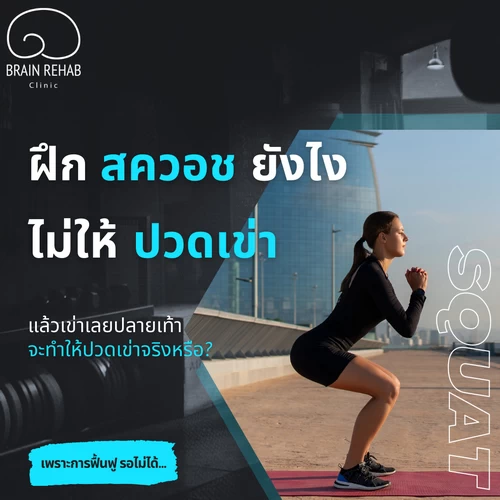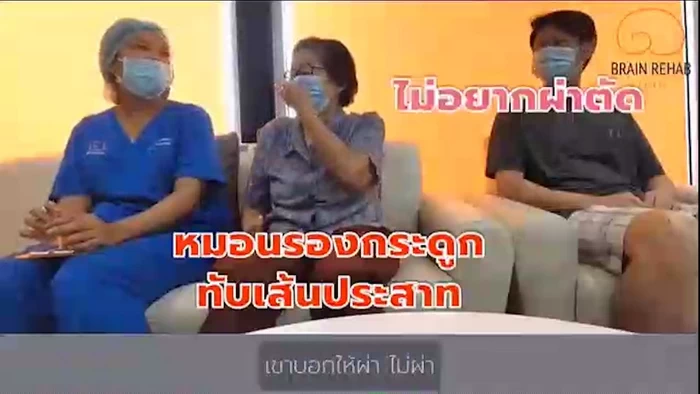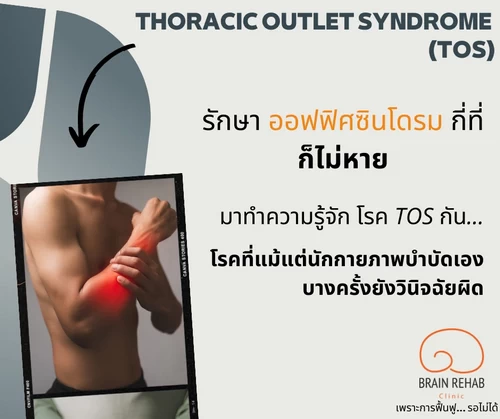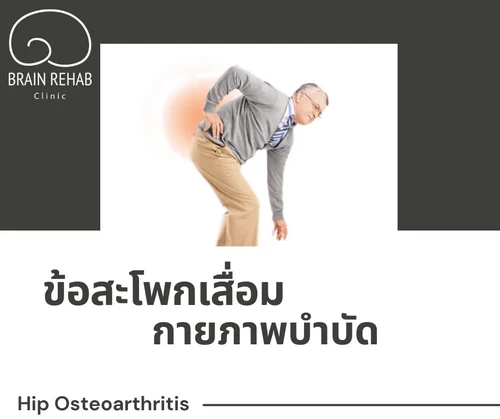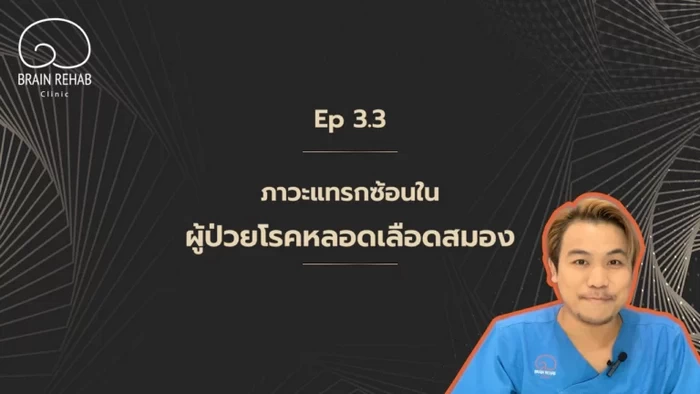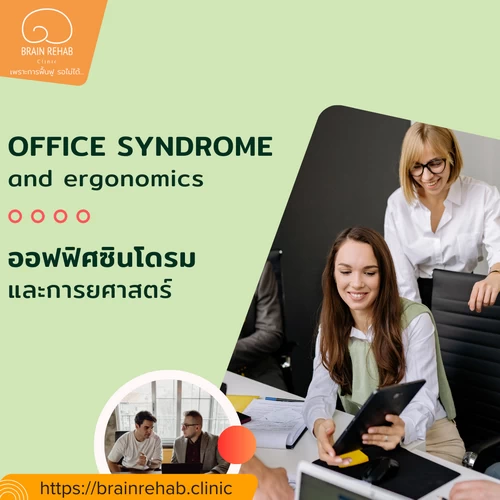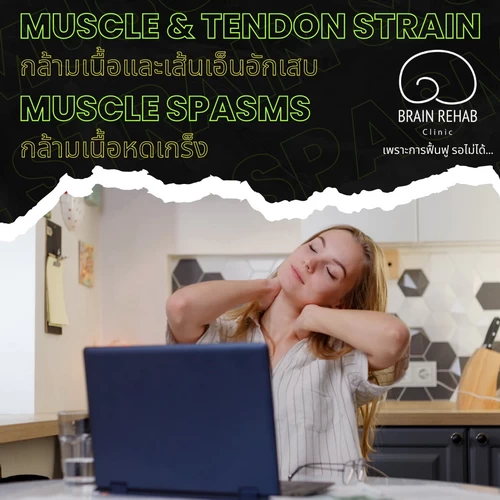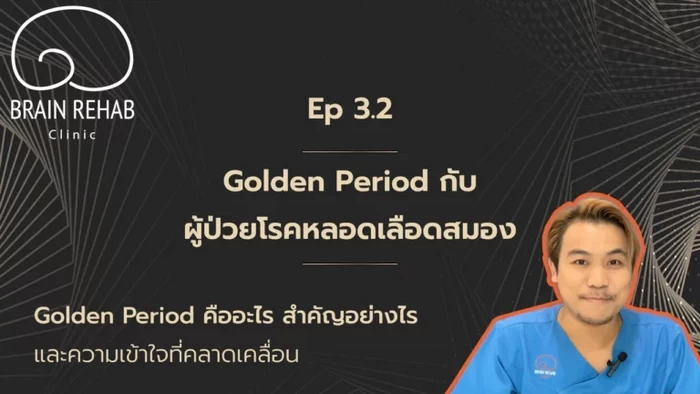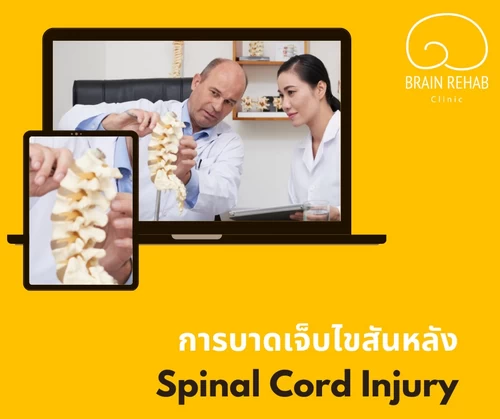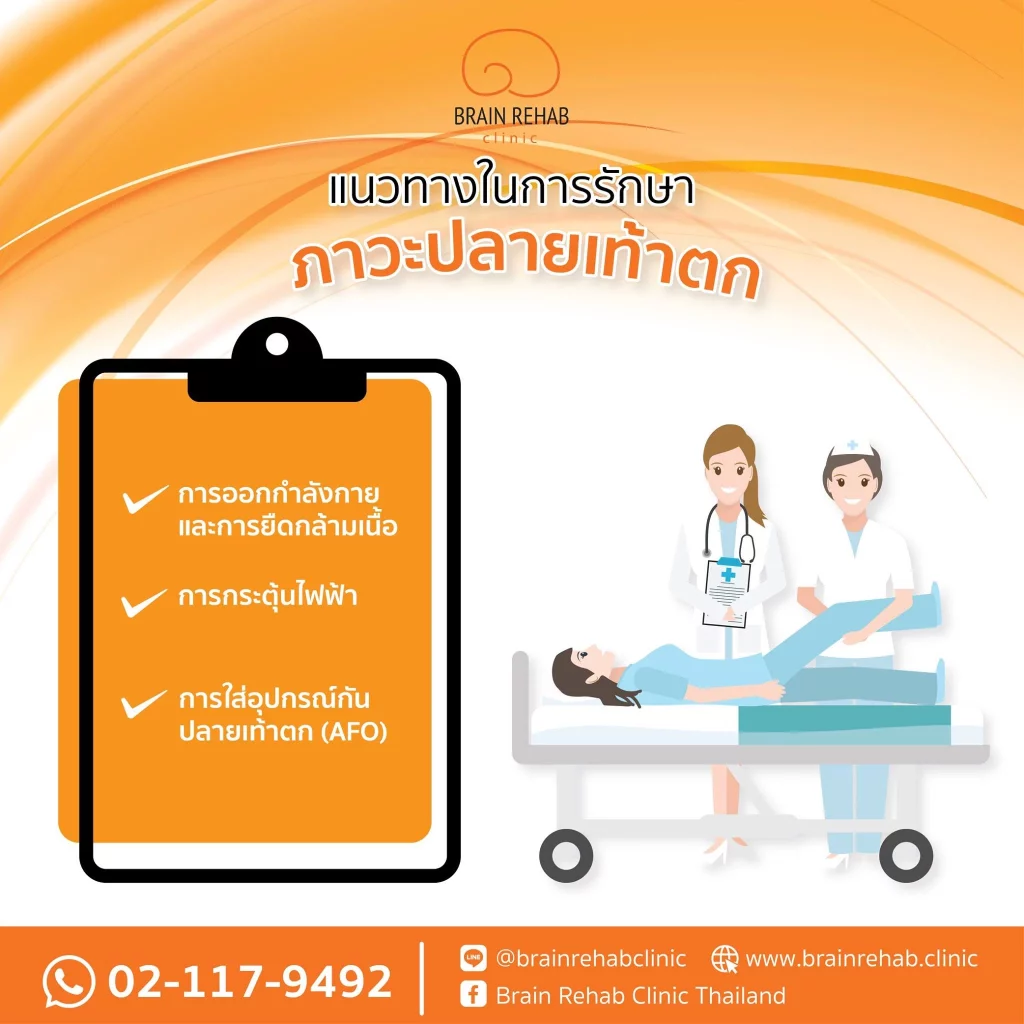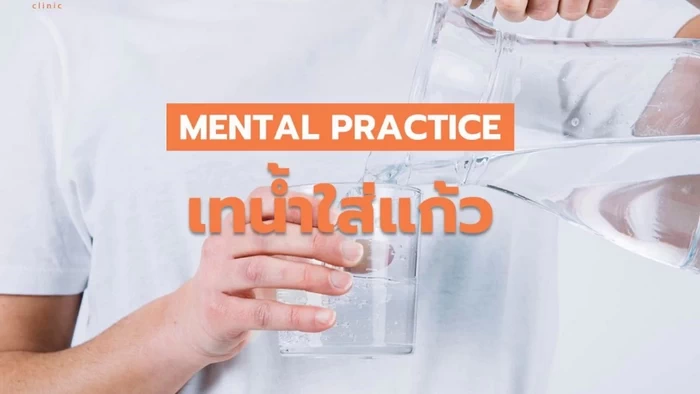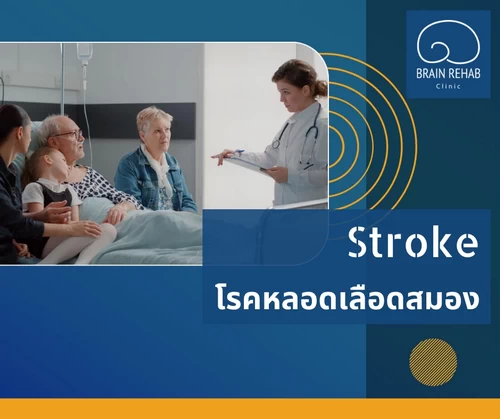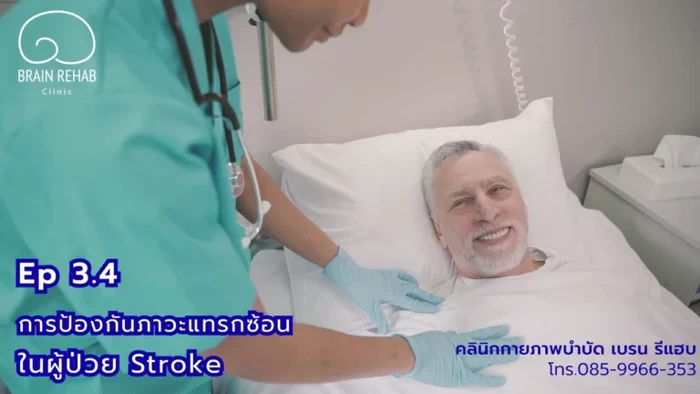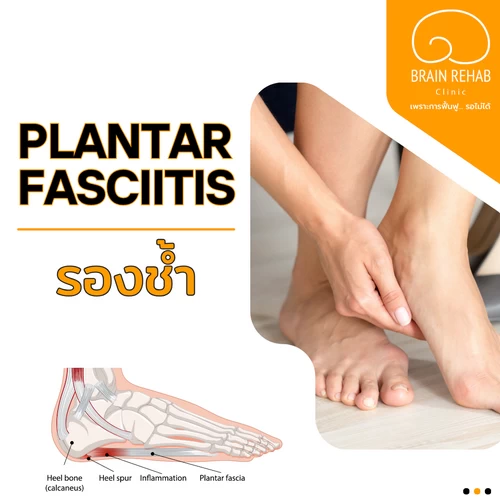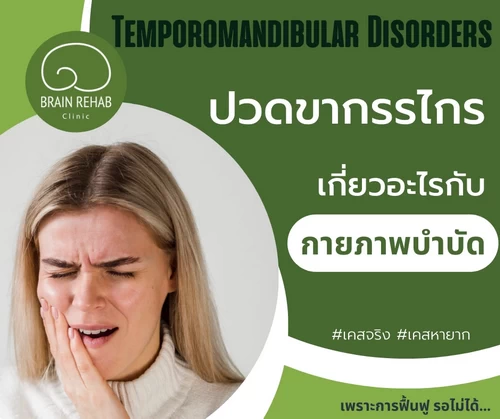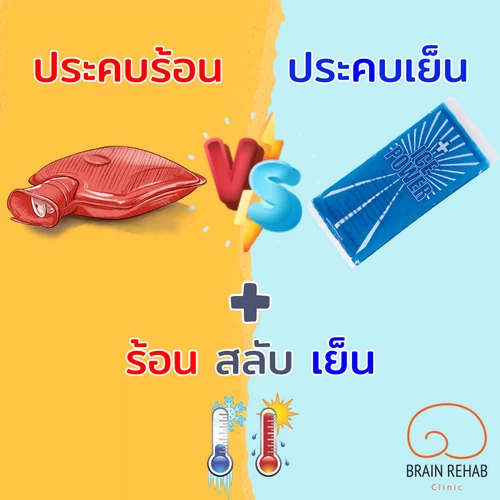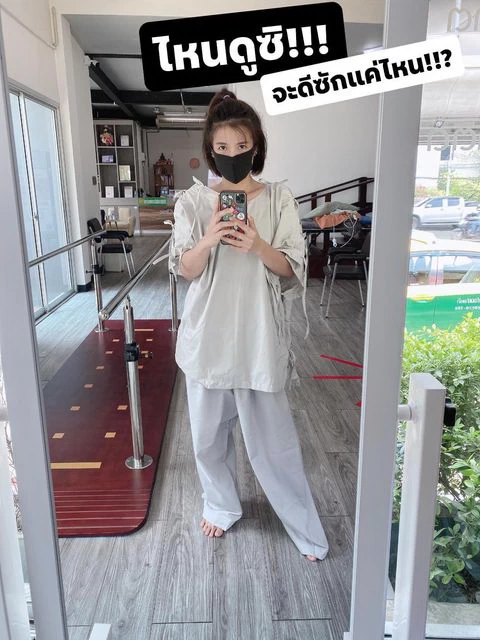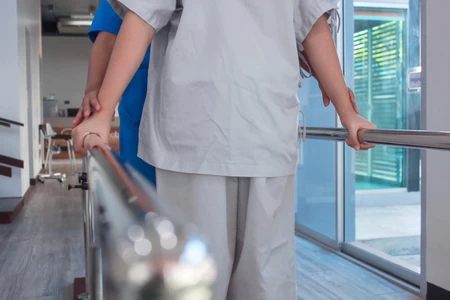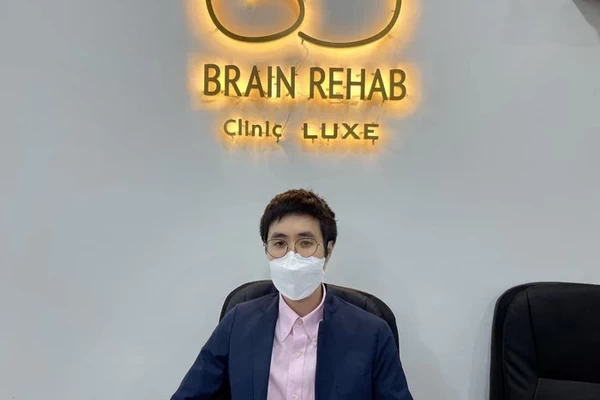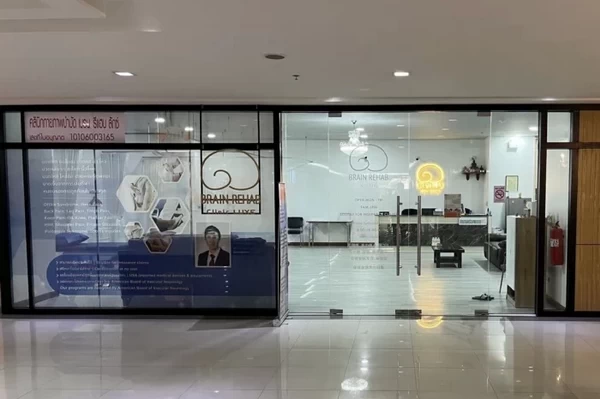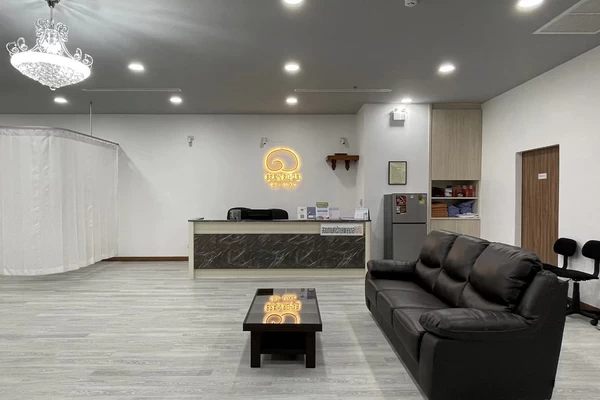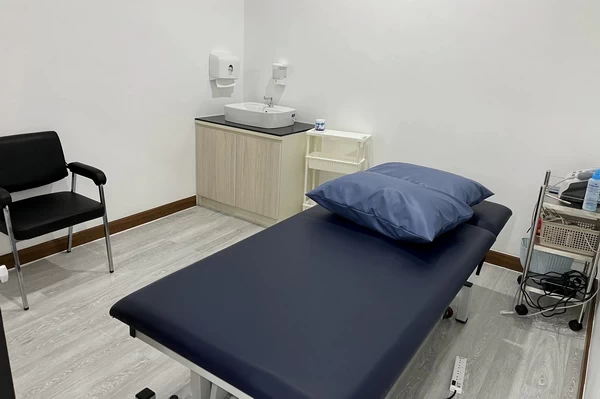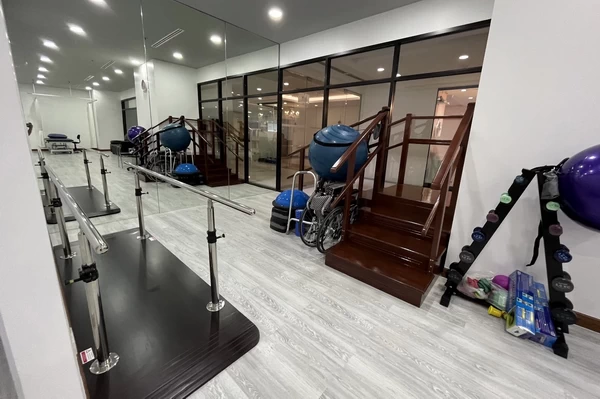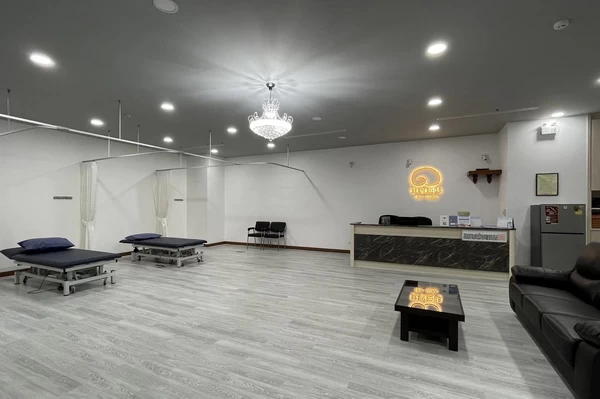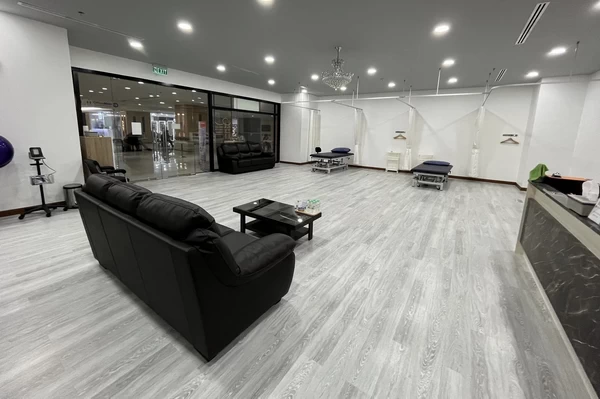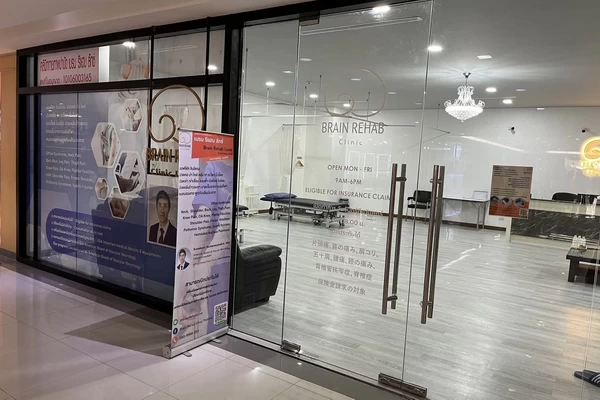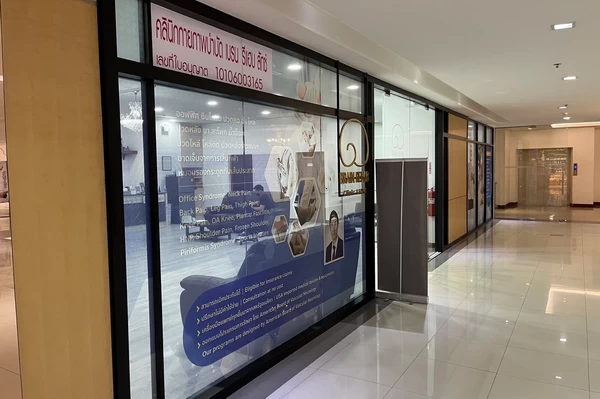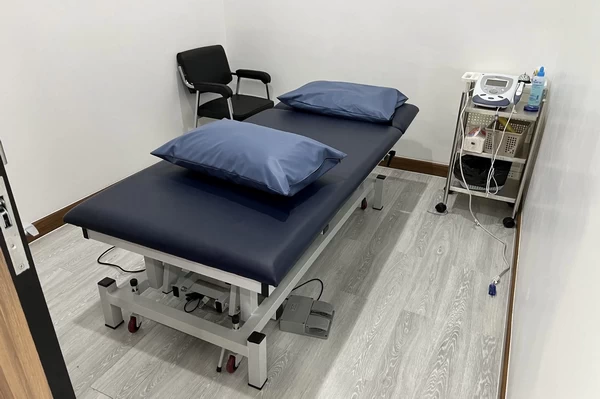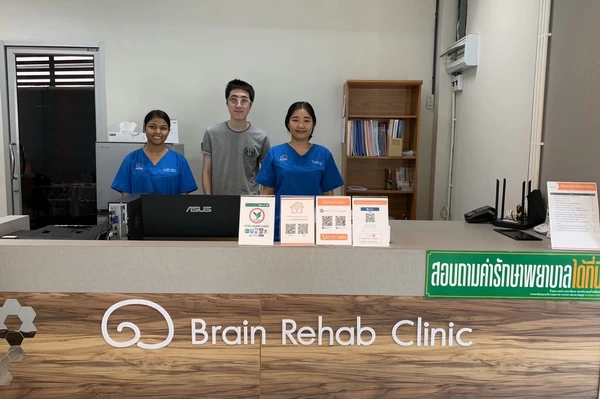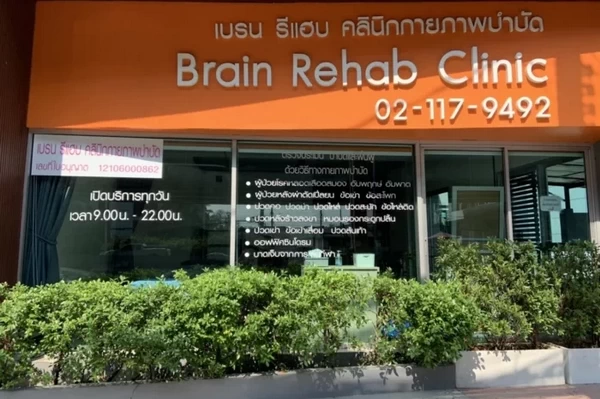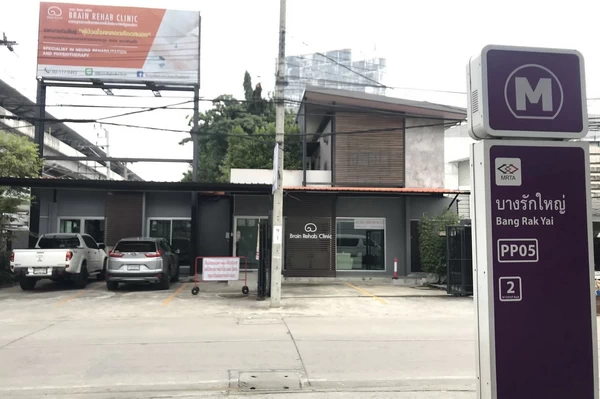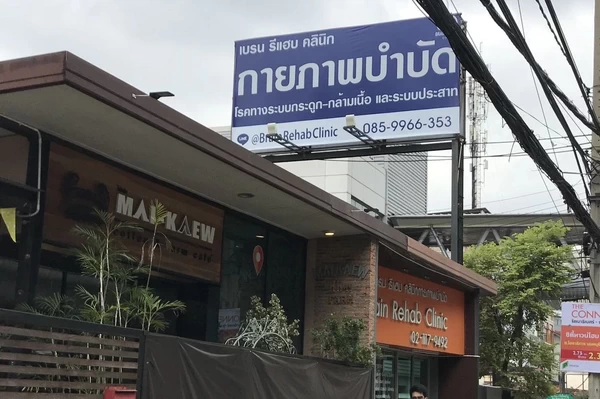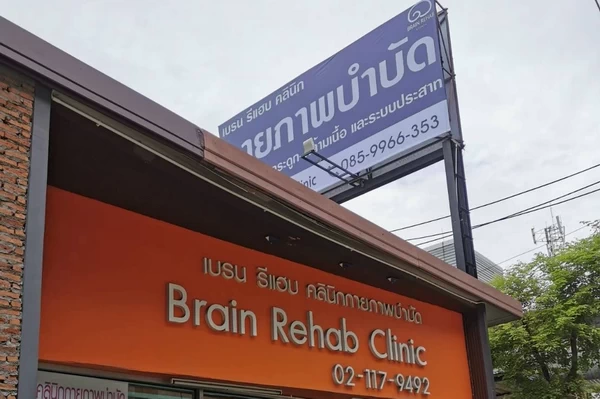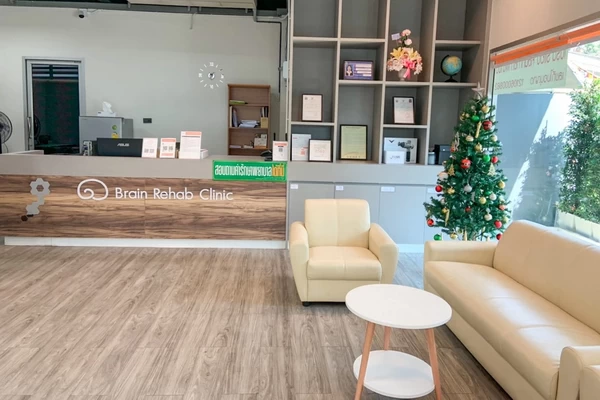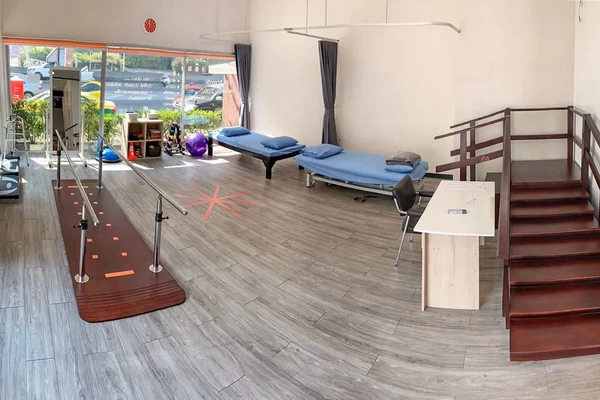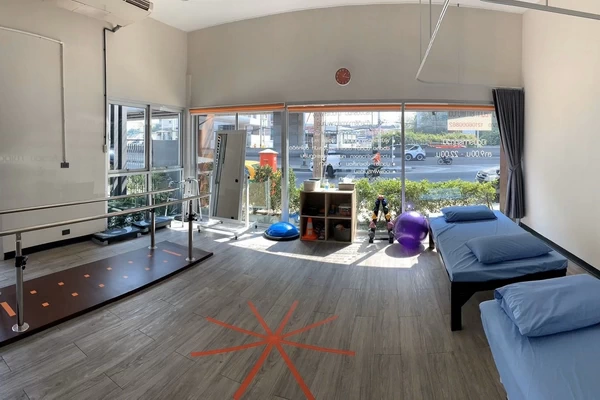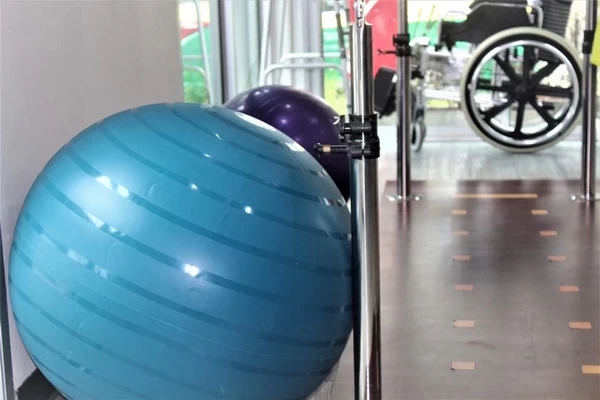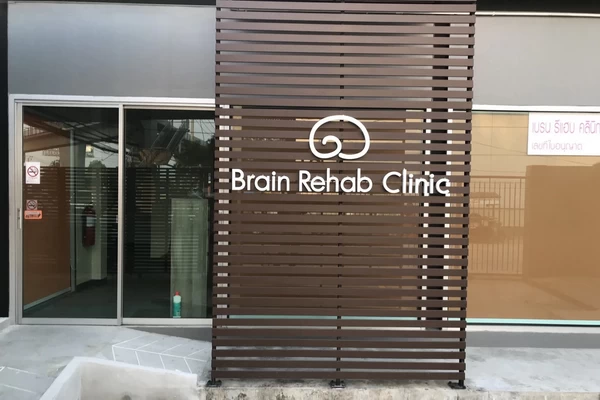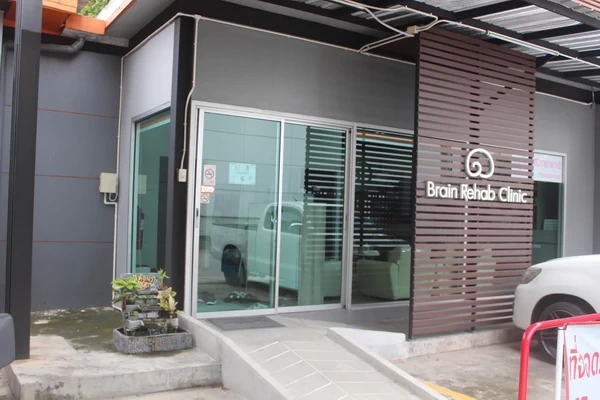Physical Therapy (Physiotherapy)
What is physical therapy (physiotherapy)?
Physical therapy or physiotherapy (Thai: กายภาพบำบัด), a contemporary medical science, is dedicated to the holistic treatment, promotion, prevention, and rehabilitation of an individual’s health. It involves a thorough assessment of the root cause of problems, their connection to the body’s various systems, and the patient’s lifestyle and daily activities. The ultimate goal is to improve overall quality of life, which encompasses alleviating pain, optimizing movement capabilities, restoring physical function, and educating patients about their condition so they can manage their own health and prevent recurrence, often without relying on medication or surgery. Treatment generally follows three primary steps:
1. Manual Techniques
are hands-on therapies performed by physical therapists who have undergone extensive, ongoing training. These methods include:
- Mobilization: Gentle, rhythmic movements applied to joints to enhance their flexibility and improve muscle extensibility.
- Manipulation: More direct, controlled thrusts to joints designed to restore normal range of motion.
- Manual Traction: A specialized method of gently pulling apart spinal segments, commonly applied to the neck or lower back to relieve pressure.
- Stretching: Techniques used to lengthen muscles and connective tissues, increasing overall flexibility.
2. Modalities
refer to the use of specialized equipment in physical therapy to alleviate pain and strengthen muscles, such as Shockwave Therapy, Ultrasound Therapy, Electrical Stimulation etc.
3. Therapeutic Exercises
After pain has decreased, Therapeutic Exercises play a crucial role. These exercises help improve the flexibility, strength, and endurance of muscles and joints, which in turn reduces the chance of re-injury. For patients with conditions like stroke, the focus is on specific exercises to restore physical function. For instance, patients with walking difficulties will concentrate on strengthening their core muscles and relevant lower body muscles.
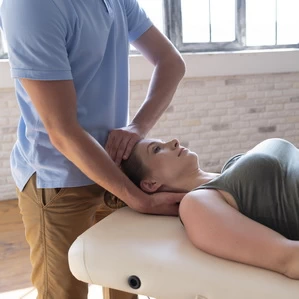
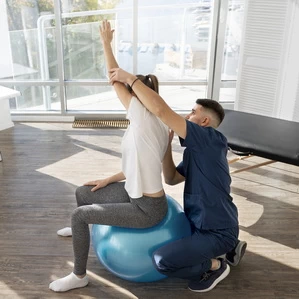
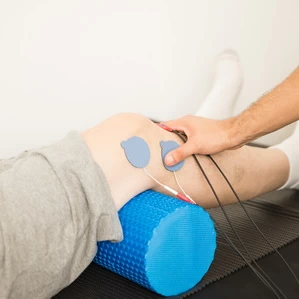

Scope of Physical Therapy
Physical therapy is not limited to treating pain or rehabilitating stroke patients. Its scope is much broader, covering various areas of rehabilitation, including:
-
Musculoskeletal PT This involves the assessment, diagnosis, treatment, and rehabilitation of conditions related to muscles, tendons, bones, and joints. It covers injuries or disorders such as muscle inflammation, tendon tears, joint stiffness, and complications following orthopedic surgeries like knee or hip replacements. It also includes sports-related injuries. PT aims to reduce pain, restore injured body parts to normal function, improve strength and flexibility, and prevent re-injury.
-
Neurological PT This focuses on rehabilitating patients with disorders of the central and peripheral nervous systems, which affect sensation, movement, balance, and coordination. Conditions treated include stroke, Parkinson’s disease, spinal cord injuries, and brain injuries caused by accidents. The goal is to prevent complications and help patients regain their ability to perform daily activities independently.
-
Cardiopulmonary PT This therapy is designed for patients with heart, lung, and circulatory system problems, such as chronic obstructive pulmonary disease (COPD), lung surgeries, heart disease, coronary artery bypass grafting (CABG), and artificial heart valve surgeries. PT helps restore physical capacity and enables patients to return to normal daily function.
-
Pediatric PT This involves treatment for children with conditions such as cerebral palsy, Down syndrome, and developmental delays. Therapy supports rehabilitation and promotes overall developmental progress.
-
Geriatric PT This area addresses the needs of older adults by preventing, managing, and rehabilitating age-related physical decline. It also promotes mental well-being. Examples include managing joint degeneration to reduce pain, slowing disease progression, minimizing fall risks, and helping seniors safely engage in daily activities for a better quality of life.
-
Women’s Health PT This therapy supports women during pregnancy, postpartum, and menopause. It aims to promote health and prevent complications by guiding safe exercise during pregnancy, strengthening pelvic floor muscles, stimulating breast milk production after childbirth, and treating urinary incontinence. Various techniques and PT tools are used as appropriate.
The Role of Physical Therapy
1. Pain Reduction
This is the most common case in Brain Rehab Physio Clinic, whether acute or chronic. Physical therapists use various techniques to treat inflammation of muscles, tendons, and joints, such as stretching, mobilization, and manual traction. These are often combined with equipment like ultrasound therapy, shockwave therapy, and electrical stimulation to effectively rehabilitate injuries.
2. Muscle Strengthening
Whether it’s Office Syndrome or stroke, both conditions require individualized exercise programs to strengthen specific muscle groups, resulting in stronger, more flexible, and more resilient muscles that can support various daily activities. Furthermore, strong muscles also help prevent re-injury.
3. Increasing Range of Motion
In cases of joint stiffness, such as frozen shoulder, elbow stiffness, or knee stiffness, physical therapists utilize Manual Techniques like joint mobilization and stretching, along with the equipment to treat inflamed tendons. This aims to increase the Range of Motion, allowing patients to return to their normal lives.
4. Functional Rehabilitation
Whether it’s sports injuries, post-surgical recovery, elderly patients, or stroke, physical therapy plays a crucial role in restoring physical function. This includes balance training, among other things, to enable patients to return to their normal daily lives and reduce their dependence on others.
5. Providing Knowledge and Understanding
In addition to treatment and rehabilitation, physiotherapists also provide education to help patients better understand their condition. This empowers them to take proper care of themselves and reduce future risks. For example, therapists may guide patients on how to adjust their posture or movements during daily activities or at work to avoid strain or reinjury.
They also recommend appropriate exercise routines tailored to the individual, designing to prevent recurring injuries and promoting long-term physical health.

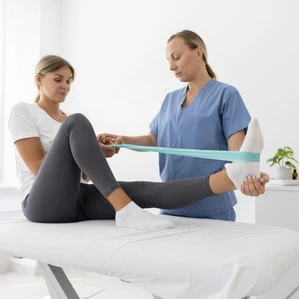
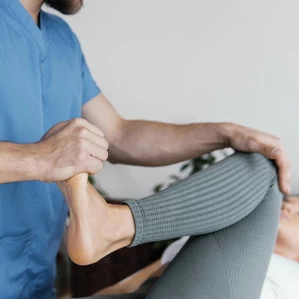
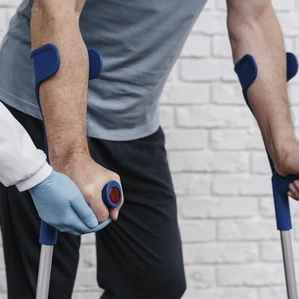
Who can benefit from this?
-
Office Workers
For individuals who sit or stand for extended periods at work, common symptoms include neck pain, shoulder pain, back pain, leg discomfort, and other issues collectively known as Office Syndrome. Our clinic offers effective treatments to relieve pain and improve work performance.
We also provide guidance on:
-
-
Ergonomic workplace setup to reduce strain on the body
-
Posture correction to promote healthy movement patterns
-
Position and activity adjustments to prevent prolonged stress on muscles and joints
-
Targeted exercises to build muscle strength and endurance, helping to prevent recurrence of injuries
-
By addressing both the symptoms and their root causes, we help patients feel better, work better, and move with confidence.
-
Chronic Pain Sufferers
For those with chronic pain such as chronic back pain or knee pain, physical therapy helps patients return to their daily routine and regain normal function.
-
Movement Issues
For those who have limited joint movement, such as in cases of frozen shoulder, stiff elbow, or trigger finger, physical therapy can help restore mobility and enhance function.
-
Spine Issues
For individuals with spinal and orthopedic issues, such as scoliosis, herniated discs, spondylolisthesis, or spinal stenosis, physical therapy can play a key role in relieving nerve compression. Treatment helps reduce symptoms like numbness or tingling in the hands and feet, while also improving posture, body alignment, and overall self-confidence.
Our approach focuses not only on managing pain, but also on restoring healthy movement patterns and supporting long-term spinal health.
-
Post-Surgical Rehabilitation
For patients recovering from surgeries such as knee or hip replacements, Pphysical therapy aids in post-surgery recovery, helping individuals regain effective use of their body and improve their quality of life.
-
Elderly People
As the body ages, muscles, tendons, and joints naturally begin to degenerate, leading to weakness, stiffness, and a higher risk of injury or falls. Physical therapy plays an important role in slowing down this degeneration through targeted treatments and exercise programs.
Therapists focus on maintaining and improving muscular strength, joint flexibility, and overall mobility. Balance training is also a key component, helping to reduce the risk of falls, one of the leading causes of injury among older adults.
In addition, physical therapy helps restore confidence in everyday movement, allowing individuals to maintain their independence, stay active, and enjoy a better quality of life as they age.
-
Athletes
Physical therapy helps treat sports injuries and improve athletic performance by strengthening specific muscle groups used in each sport. It also prepares your body for physical activity and facilitates recovery after intense use, ensuring optimal performance and minimizing the risk of future injuries.
-
Stroke patients
Stroke patients often experience challenges with movement, balance, and muscle strength. Physical therapists play a crucial role in restoring these functions through targeted rehabilitation programs that focus on mobility training, balance improvement, and muscle strengthening.
In addition, therapy helps prevent secondary complications, such as joint stiffness, muscle atrophy, or pressure sores, and supports patients in regaining independence in their daily lives. The ultimate goal is to help each individual return to a functional lifestyle as close to normal as possible.
Physical therapists can help you move with confidence, relieve pain, and live a better, more fulfilling life.
Pain Management
In our daily lives—whether we’re working at a desk or simply relaxing—it’s often unavoidable to experience pain. This can range from minor discomfort that resolves on its own to chronic pain that significantly affects quality of life. Many people wonder how to properly manage pain when it arises. Is taking painkillers the only solution?
FAQs
Does physical therapy only use machines?
PT equipment isn’t the primary factor in treatment; it’s just one part of the overall process. Effective physical therapy also includes:
-
Manual Techniques: These are essential hands-on treatment techniques performed by physical therapists.
-
Therapeutic Exercises: These are exercises designed to treat and rehabilitate the body.
-
Providing Knowledge and Understanding: Educating patients about their condition.
-
Behavioral Modification: Adjusting habits to reduce the chance of re-injury.
Therefore, relying solely on equipment may not be sufficient for effectively caring for patients.
Warnings - Precautions
While physio is generally a safe method of treatment and rehabilitation, there are certain precautions to consider. For instance, patients who are pregnant, have cancer, or have a pacemaker may not be able to use certain physical therapy equipment, such as ultrasound, shockwave therapy, or electrical stimulation.
It’s crucial for patients to inform their physical therapist about their complete medical history and existing conditions in detail. This ensures that the physical therapist can develop an appropriate, effective, and safe treatment plan.
Difference between Physical therapyand Massage?
A Physical Therapist holds a bachelor’s degree or higher in their field. They possess expertise in anatomy, physiology, and pathology, and are licensed by The Physical Therapy Council.
In contrast, in Thailand, a massage therapist does not hold a professional license equivalent to that of a physical therapist. Therefore, you can be confident that physio treatments are safe and align with modern medical principles
What is the treatment method?
1. Comprehensive Physical Examination With the experience of our physiotherapists, each with over 10 years of experience, you can be confident that you will receive an accurate assessment to identify the root cause of your symptoms. This initial step is crucial for effective and targeted physiotherapy.
Pain in the same area may have different causes in different individuals. Our team’s expertise allows for a tailored treatment plan based on your specific condition, promoting faster and long-lasting recovery.
If the patient’s symptoms are severe, suspicious, or caused by an accident, we will recommend consulting a doctor for additional tests, such as X-rays, CT scans, or MRIs, to obtain more detailed insights. On the other hand, if diagnostic imaging results are already available, they can be used to enhance the effectiveness of physiotherapy. In some cases, our physiotherapists will collaborate with doctors to plan treatment approach and work closely with fitness trainers to design personalized exercise programs, so the patient can regain movement with confidence and live a higher quality of life.
2. Manual Therapy Our clinic’s physiotherapists are experts in Manual Therapy (hands-on therapy), which is a key technique for relieving inflammation in Trigger Points, often a primary cause of chronic pain. Treatment includes several techniques such as muscle stretching to improve flexibility and reduce tightness, joint and soft tissue mobilization to increase the range of motion, and manual traction (neck and back) to reduce pressure on nerves. These techniques are considered the main approach to physiotherapy in the United States and are widely recognized worldwide for their effectiveness.
3. Modalities Our clinic also incorporate advanced physical therapy equipments such as Shockwave Therapy, Ultrasound, and Electrical Stimulation as part of the treatment process to assist with muscle relaxation, reduce inflammation, and strengthen muscles.
Physiotherapists will select the appropriate modalities based on your condition. For example, patients with degenerative bone conditions should avoid using Shockwave Therapy in the affected area for safety reasons.
4. Therapeutic Exercises are another primary treatment approach in physiotherapy in the United States. These exercises help strengthen muscles to maintain balance on both sides, increase flexibility, enhance the range of motion, and prevent the recurrence of injuries.
Additionally, we focus on improving posture during daily activities (Posture Correction) including sitting, standing, lying down, and walking, following ergonomic principles to minimize the risk of future injuries.
5. Education and Ongoing Monitoring We focus on helping patients understand their condition or health issue so they can take appropriate actions and avoid risk factors. Moreover, we continuously monitor treatment progress, provide guidance, and ensure that patients regain confidence in returning to normal daily life.
For those looking for a “physiotherapy clinic near me”, it is important to ask about the treatment approach to ensure it suits your condition and characteristics. It is also essential to choose a clinic with experienced physiotherapists who are highly skilled at accurately diagnosing the problem to deliver the best possible treatment for quick, safe, and long-term recovery without relapse. You can consult with us regarding your symptoms via Phone, WhatsApp or LINE OA.
The pain will eventually go away because the body can heal itself. Right?
The human body has the ability to heal itself, but we need to move or use it constantly, the self-healing process becomes much more difficult.
If pain does not improve within 2-3 days, we do recommend you to attend physiotherapy sessions, helping you speed up recover, reduce pain from the injuries, and prevent the condition from becoming chronic.
How many visits and frequency should I attend physiotherapy sessions?
Depending on the symptoms, for example, a ligament sprain typically takes longer to heal than a muscle strain. For a herniated nucleus pulposus (HNP), physiotherapy primarily provides supportive care and pain relief, depending on the stage of the condition.
Patients should attend physiotherapy sessions at least 1-2 times a week to ensure consistent treatment and a faster recovery.
Although each person’s pain tolerance level may vary, seeking treatment as soon as symptoms appear can speed up recovery and prevent the condition from becoming chronic.
How do we ensure effective treatment?
One of the most crucial aspects of physio treatment is the patient themselves. Patients must attend sessions consistently until their condition improves or fully resolves to prevent re-injury. This also includes modifying behavior, performing exercises, and following the physical therapist’s recommendations.
My condition is getting better. Can I stop physiotherapy treatment?
Physical therapy treatment requires a continuation of treatment to ensure full recovery and prevent the recurrence of symptoms. The electrical waves used in the treatment are only effective for a certain period of time. If the patient stops treatment prematurely, it is like taking medicine incompletely, which increases the chance of the condition returning or becoming chronic.
According to clinic statistics, patients who fully complete their treatment do not experience a recurrence at the same spot within 6 months. However, this also depends on the patient’s behavioral adjustments.
What is the difference between regular exercises and exercises by physiotherapists?
Physical therapy exercises is different from regular exercise because we focus on strengthening the muscles in the affected areas and design exercises that are suitable for each individual’s body condition and health issues. This helps strengthen weak muscles and prevents re-injury at the same spot.
In addition to the treatment, as if you had a personal trainer, designing individualized exercise routines for each session, tailored to the muscle condition at that time.
What conditions can't be treated by physiotherapy?
Contents

Office Syndrome & Pain Management
ออฟฟิศซินโดรมและการยศาสตร์ (Office Syndrome & Ergonomics)
ปวดกล้ามเนื้อเรื้อรัง (Myofascial Pain Syndrome)
กล้ามเนื้อสะโพกหนีบเส้นประสาท (Piriformis Syndrome)
ปวดหลังส่วนล่าง (Low Back Pain)
เอ็นข้อศอกด้านนอกอักเสบ (Tennis Elbow)
ภาวะการกดทับเส้นประสาทข้อมือ (Carpal Tunnel Syndrome)
Thoracic Outlet Syndrome (TOS)
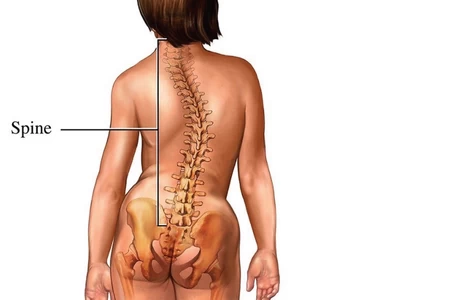
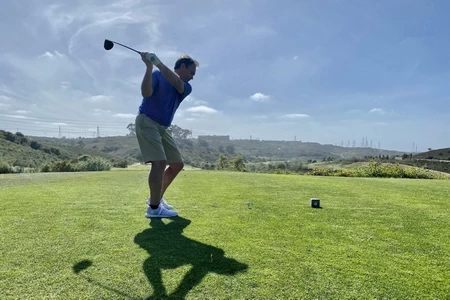

Assessment
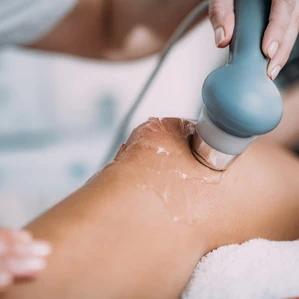
Ultrasound
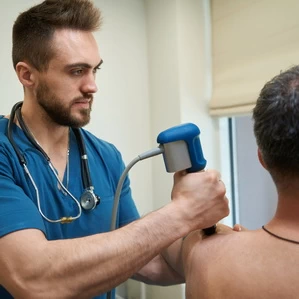
Shockwave

Electrical Stimulation
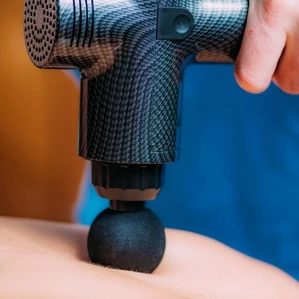
Gun Massage
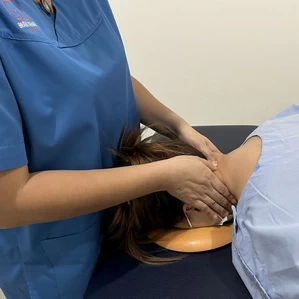
Joint Mobilization
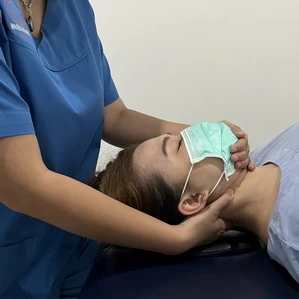
Manual Traction

Stretching
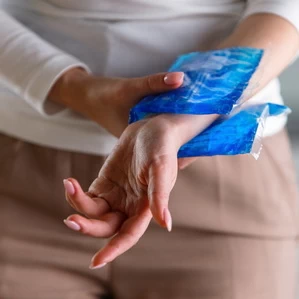
Hot/Cold Compress
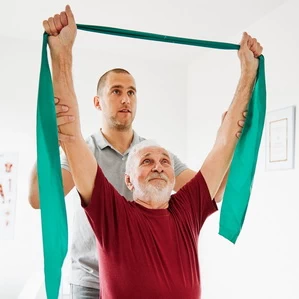
Exercises

Home Program

Posture Correction
Contact us
085-9966-353Business Hours
Saturday - Sunday: 09.30 - 18.30 hrs.
Location
Parking
Business Hours
Saturday - Sunday: 09.30 - 18.30 hrs.
